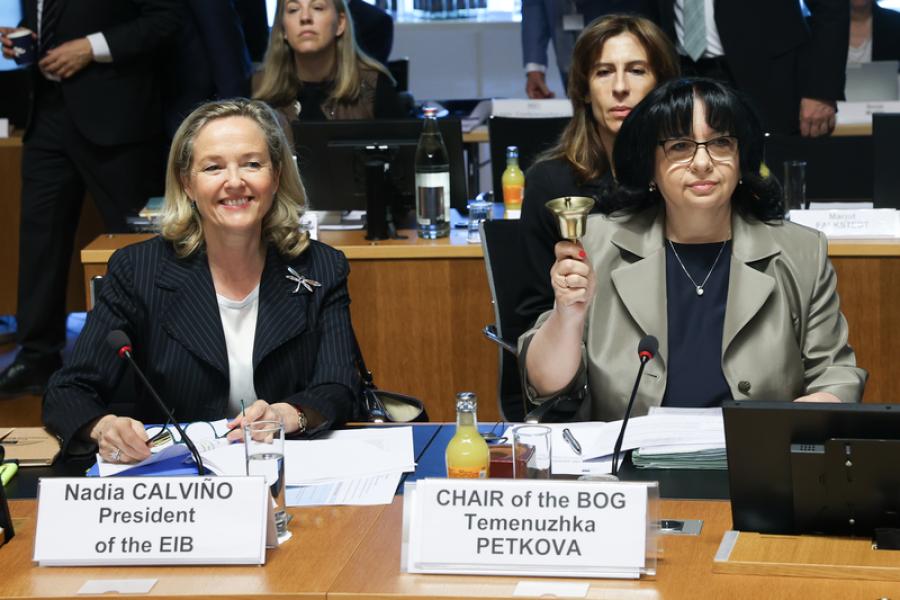On BalticWind.EU we ask the offshore wind industry about the highlights of 2021 and the companies’ plans for 2022. Cristina Fernandez, Sales Director, Offshore Sales East in Vestas, said in a commentary the award of 5.9 GW of offshore wind and the signature of the Offshore Sector Deal in Poland has been a key moment, as have the first steps being taken in Norway to identify leasing areas for offshore wind. – Finally, the interest being shown by several countries, such as Estonia, Latvia, Lithuania, Sweden and Finland, in properly starting to develop offshore wind as a renewable energy source is very encouraging for the sector as a whole – the expert outlined. We invite you to read the text from the series “Key offshore wind stories 2021/2022” on the BalticWind.EU.
Cristina Fernandez said in commentary for BalticWind.EU that in the global context, there have been many developments this year in the offshore wind sector, highlighted by the greater coordinated global ambition taken at COP26 in Glasgow to stick to the goals of the Paris Agreement and to secure global ‘Net Zero’ by 2050. A number of commitments were made at COP26 by various countries and organisations, including the phase-out of coal power and the end to financing fossil fuel projects, which will be accompanied by a massive scale-up of renewable energy and offshore wind in particular.
“Another key moment has been the confirmation that offshore wind ambitions are a global trend, as countries throughout the world have taken steps to set offshore wind targets and improve their regulatory regimes to ensure the build-out of offshore wind occurs. We’ve seen advancements in Spain (3 GW target for 2030), Ireland (5 GW target until 2030), and the United States (30 GW target by 2030) to name a few, while regulators are advancing their permitting and grid discussions in places such as the UK, Germany and Vietnam”, she said.
“In the Baltic region specifically, the award of 5.9 GW of offshore wind and the signature of the Offshore Sector Deal in Poland has been a key moment, as have the first steps being taken in Norway to identify leasing areas for offshore wind. Finally, the interest being shown by several countries, such as Estonia, Latvia, Lithuania, Sweden and Finland, in properly starting to develop offshore wind as a renewable energy source is very encouraging for the sector as a whole”, Cristina Fernandez explained.
What should the offshore wind industry expect in 2022? Our interviewer indicates that 2022 will be a year of continued delivery for the offshore wind sector, and for Vestas it will be no different.
“We will be installing the largest renewable energy project in Scotland at the 1,075 MW Seagreen project off the Angus coast, which marks the first time 10 MW turbines are installed commercially in European waters. The first turbine is already in place, but now the continued delivery for the Seagreen project and many others is the priority, she said.
“This project highlights the continued technological development that will be seen in the industry in 2022, when ever-larger and more powerful turbines will hit the water, but other developments such as long-distance HVDC cabling, integration of offshore wind with electrolysers to produce green hydrogen, and floating installation methods will be utilised by the industry. The industry has shown its ability to advance exponentially, and is now helping Governments revamp their regulatory regimes to ensure continued offshore wind development through adequate planning, proper support mechanisms, investments in port and grid upgrades, and many other areas”.
Cristina Fernandez adds that 2022 may be the year that Governments not only set targets but also adequately resource those targets and regulatory systems to ensure an offshore wind and turbo-charge the energy transition in their respective regions.














